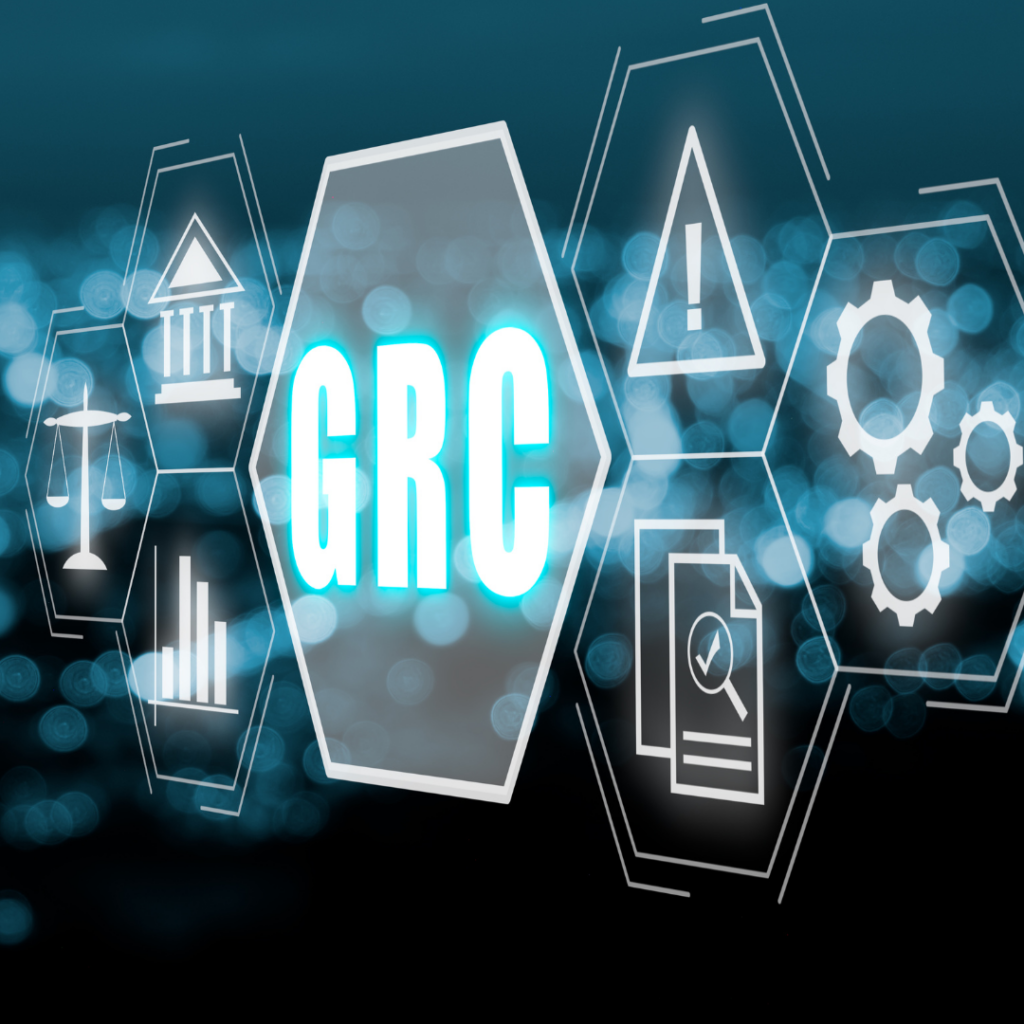From GRC Analyst to GRC Engineer: Why Compliance Alone Doesn’t Cut It Anymore
A quiet shift has been happening across GRC teams in SaaS companies. It used to be that if you understood SOC 2, ISO 27001, or PCI and could manage audits and document controls, you were good. But those days are behind us. Framework knowledge is still essential, but it’s not enough.
Today, GRC needs engineers.
The Old Model: Read the Control, Track It in Excel, and Hope It Works
Let’s be honest. For a long time, GRC worked like this:
- Create a spreadsheet of controls
- Assign control owners
- Collect screenshots for audits
- Write policies after systems are already live
That approach worked when environments changed slowly. But today’s SaaS infrastructure is dynamic. The code ships daily. Teams can’t afford to treat compliance like a checklist.
Auditors are requesting more than just policies. They want evidence that controls are active, automated, and continuously monitored.
Real Example: PCI Logging Isn’t a Spreadsheet Problem
Adhere to PCI DSS Requirement 10 regarding logging. It’s one thing to say you log access to cardholder systems. It’s another to:
- Confirm logs are collected from all required sources
- Ensure retention meets 1-year storage and 3-month immediate access
- Validate that alerts trigger key events
- Know exactly where logs are stored and how they’re protected
If GRC can’t answer these questions without going through engineers or waiting for screenshots, that’s a gap. And it’s a real problem.
From 2LoD to 1.5LoD: Why Sitting on the Sidelines Doesn’t Work Anymore
Traditionally, GRC sat in the second line of defense—reviewing controls, offering guidance, and managing audits. But in modern SaaS companies, that’s not enough. Many teams are shifting into what’s often called the 1.5 line of defense:
- Working directly with engineering and security
- Influencing how controls are designed and implemented
- Building automation into control monitoring
- Getting involved before risks turn into findings
This isn’t about stepping out of line. It’s about moving closer to where decisions are made and where controls live.
Why GRC Analysts Are Struggling
GRC analysts often get stuck:
- Writing policies without input from engineering
- Managing outdated audit trackers
- Waiting for manual screenshots or attestations
- Being pulled into everything but not contributing technical value
And when something fails in production, they often can’t explain how or why.
That gap makes GRC less relevant. It creates reactive teams instead of proactive ones.
What a GRC Engineer Brings to the Table
When GRC teams include engineers—or at least develop technical fluency—everything changes:
- Audit evidence is automated through APIs
- Control health is tracked in dashboards
- Risks can be traced back to real misconfigurations
- GRC becomes part of the design process, not just the review
This makes GRC faster, more trusted, and more useful to the business.
“We Don’t Need to Code” Is a Dead-End Mindset
Some GRC teams still say, “We don’t need to code. That’s not our job.” But in SaaS companies, where risk lives in infrastructure and automation, that mindset won’t hold up.
You don’t need to become a developer. But if your work depends on understanding how access, logging, and data flows are managed, then you need to know the basics.
You should be able to:
- Read YAML or JSON
- Understand how access policies work in AWS or GCP
- Use Git to track control or policy changes
- Explain what happens in a CI/CD pipeline
If you can’t, you’ll always be relying on others to understand the risk for you.
This mindset shift also opens the door to something bigger: Compliance-as-Code. It’s the idea that you can build, enforce, and monitor compliance using automation and engineering tools. It eliminates manual steps and enables teams to move faster while staying aligned with established frameworks.
We’ll go deeper into Compliance-as-Code in a future blog—with real examples from tools like AWS Lambda, Tines, and Terraform.
The Shift in Value: From Policy to Partnership
When GRC engineers work alongside security, infrastructure, and product teams:
- Controls are designed early
- Monitoring becomes part of the workflow
- Documentation reflects real systems
- Compliance becomes an enabler, not a blocker
That’s the kind of GRC that supports the business.
How to Start Moving GRC Into Engineering
If you want to evolve your GRC role, here’s how to start:
- Spend time embedded with a security or infrastructure team
- Learn core cloud concepts like IAM, encryption, logging, and network design
- Help automate evidence collection where possible
- Build dashboards to show real-time control coverage
- Stop relying only on policy and start learning how controls work in practice
It takes time, but this shift will make your work more scalable, efficient, and relevant.
Final Thought: GRC Isn’t Just Governance Anymore
GRC used to be about documentation, frameworks, and quarterly audits. That’s still part of the job—but it’s not enough.
The work now requires understanding systems, helping shape infrastructure, and building controls that are part of how the business operates every day.
The future of GRC is technical. The teams that adapt will lead. Those that don’t will be left behind.
